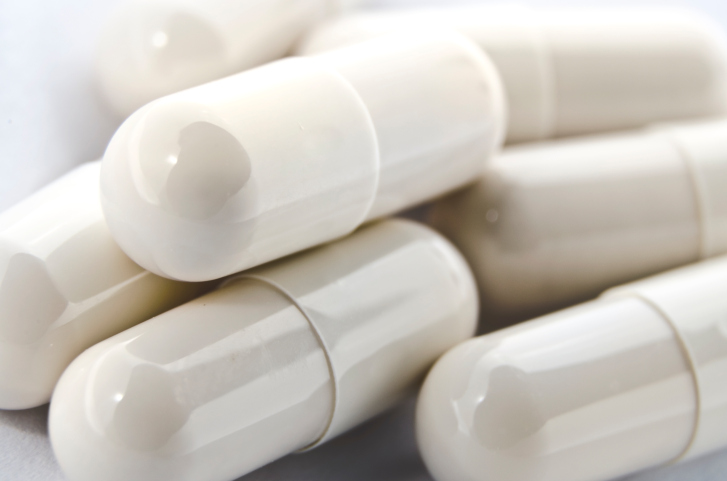Swedish Medtech Company Aerocrine was formed in 1997, based on research conducted at the Karolinska Institute investigating nitric oxide (NO) as an indicator for inflammatory processes, such as asthma. Aerocrine has developed devices to measure nitric oxide in exhaled air and these are used to both diagnose and follow the treatment of asthma. Aerocrine does not have any major competitors and its technology has the potential to give substantial benefits for asthma-patients. This has become more and more apparent as several studies have been published that have established the diagnostic and prognostic value of NOs.
Aerocrine also taps into the “mega-trends” of home-diagnostics, personalized medicine and patients increasing their control over chronic diseases, such as diabetes and asthma. Commercially it has taken a lot longer than expected. The company has spent 1.5 billion SEK over the last 15 years. Finally Aerocrine seem ready to move from a costly R&D-phase and make the transition into a profitable company.
A major goal is the US market. The challenge has been to convince major American insurance companies to pay for the tests. To seek and gain approval for reimbursement , which is absolutely vital for any medtech product, is a very time-consuming process. But during the last few months several major US insurance companies have approved imbursement . The next step that Aerocrine is currently facing is to ramp up sales in the US significantly. Aerocrine divides the market into two main areas: tests used by doctors, and home-testing aimed directly at patients.
The company estimates the total market for “doctor-usage” at 7 billion USD i.e. 45 billion SEK, and for home usage at about 13 billion USD, i.e. close to 90 billion SEK. The aim is a 10 percent market share of both markets, i.e. total sales of 14 billion SEK. Needless to say that would be an extremely optimistic outcome. However, if one only looks at the market aimed at doctors (home usage is more difficult to predict) and assumes that the company can reach 2 percent of the market for yearly sales, this would still amount to one billion SEK. Even though the US market has most potential, Aerocrine has advanced into several other markets as well. Two licensing deals were completed during the second half of 2012 to increase presence in Italy, France, Poland and China.
Aerocrine is still losing money. Total sales amounted to about 140-150 MSEK during 2012 (all financial data for last year has yet to be reported) and we estimate that the company lost close to 200 MSEK during last year. Sales grew about 50 percent during 2012 and chances are that growth will be strong during the next two or three years. Aerocrine’s market cap is currently about 2 billion SEK. Even though one must respect the challenges that come with an increased presence in the US, we do not think that the valuation reflects the huge potential of the US market.
We do not believe that Aerocrine will have to ask its shareholders for more money in the relatively short term, given that 250 MSEK was raised during the spring of 2012. To summarize: Aerocrine is clearly one of the most interesting and promising companies in the Scandinavian bio-medical sector to date. We believe that the current valuation of the company is attractive and our recommendation is buy. The risk is high but so is the potential reward.
Aerocrine
Recommendation: Buy
Risk: High
Share price: 13:45 SEK (130121)
Market cap: 1960 MSEK
CEO: Scott Myers







